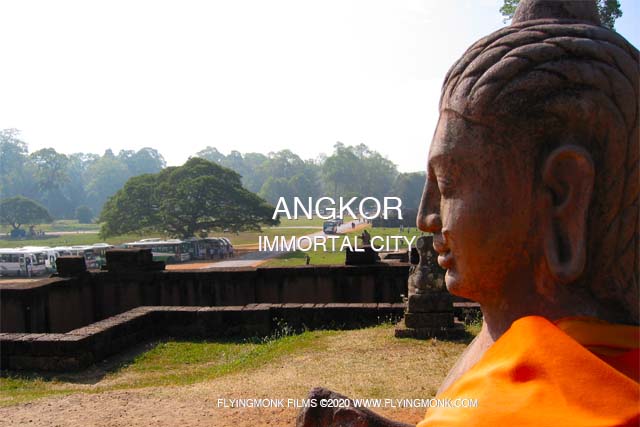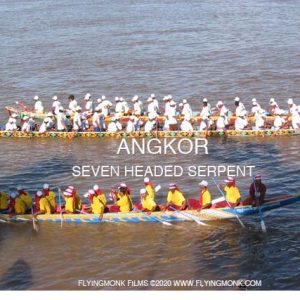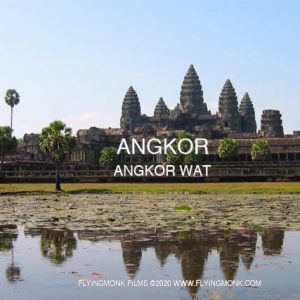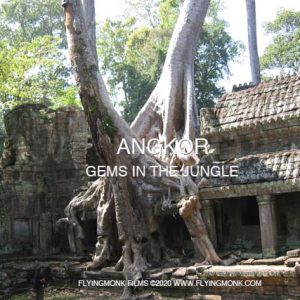Description
Angkor-Immortal City; 28 minutes; © 2020; Yashodarapura. the immortal Khmer majestic capital was built following the defeat suffered in front of the Chams. In its middle rises the Bayon, probably the most mysterious temple hidden in the Cambodian jungle, with its 54 faces decorate towers symbolizing the king’s omniscience.
Angkor Thom with its plethora of temples may have been developed as a Buddhist complex but it was modeled after the Hindu temple complex of Angkor Wat.
The city’s huge stone temples were both civic centers and religious symbols of the Hindu cosmos.
Jayavarman VII is credited to building at the heart of Angkor Thom, the most spectacular temple in the entire Angkor area, the Bayon.
The giant faces carved on the Bayon temple represent both the Avalokiteshvara and the king, symbolizing the omniscience of both gods and the king over the entire Khmer kingdom.
Jayavarman VII was a fervent Buddhist who also built hospitals and rest houses along the roads that crisscrossed the kingdom being more concerned than other previous kings in helping his subjects.
The Bayon is the symbol of the city of Angkor Thom. And its faces carved at the top of the prangs still continue to mystify the visitors for centuries.
The Bayon is also the central temple of the Angkor Thom compound, the symbolic center of the universe. Started to be built by Jayavarman VII at the end of the 12th century, the temple was continued by Jayavarman VIII in the 13th century.
The faces carved on each side of the multiple prangs of the Bayon are of Avalokiteshvara, the bodhisattva of compassion represented in the Buddhism pantheon having 1000 eyes and 1000 arms.
Follow us on Instagram





